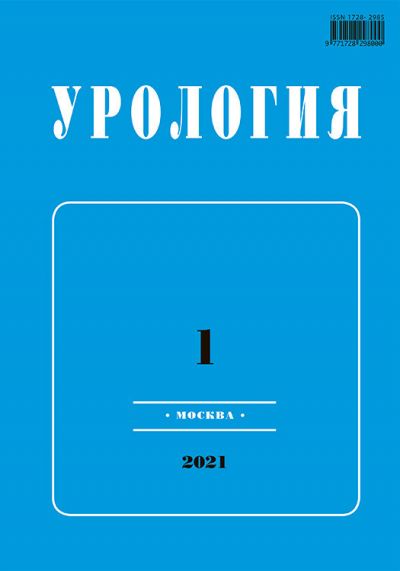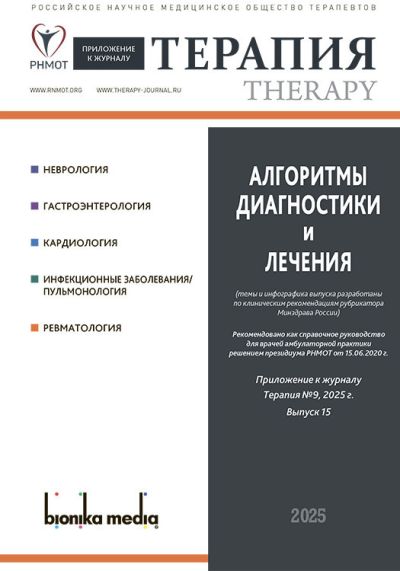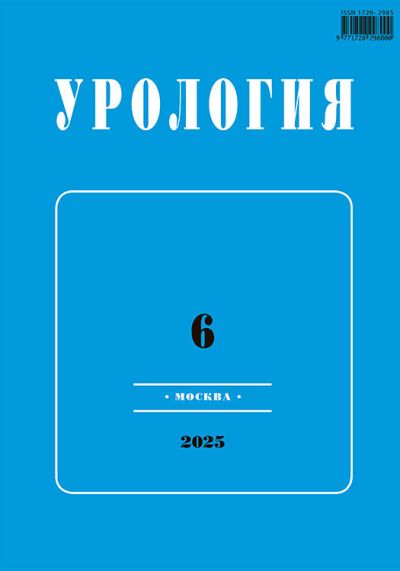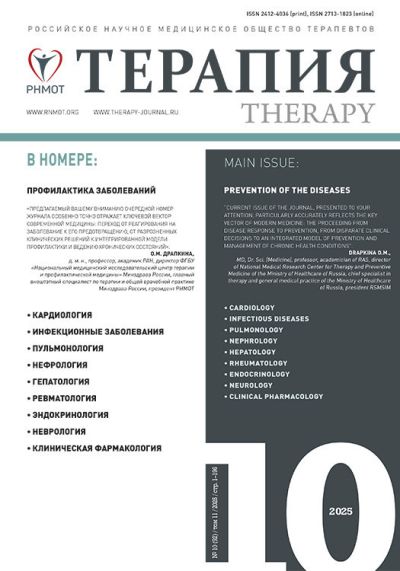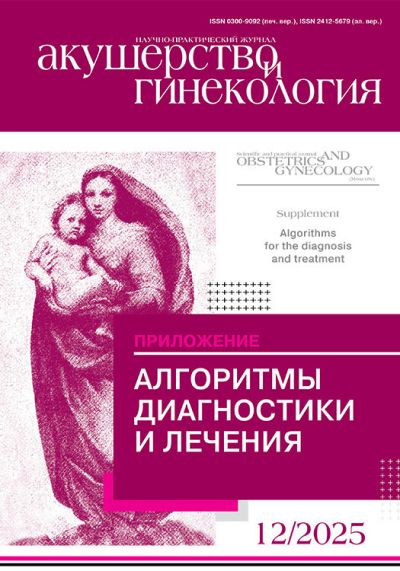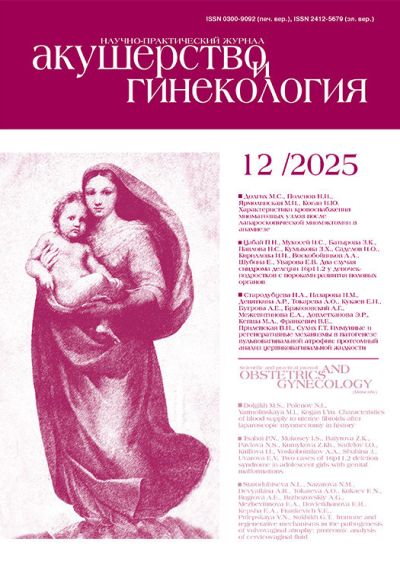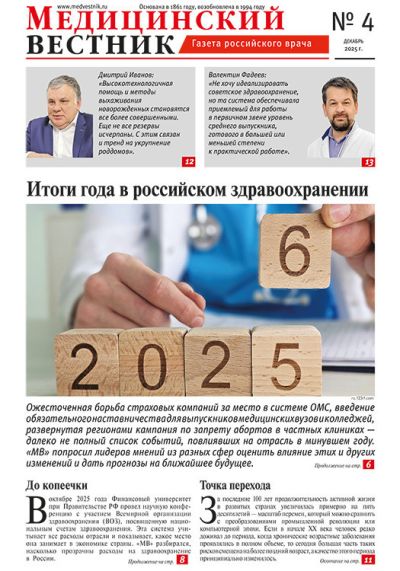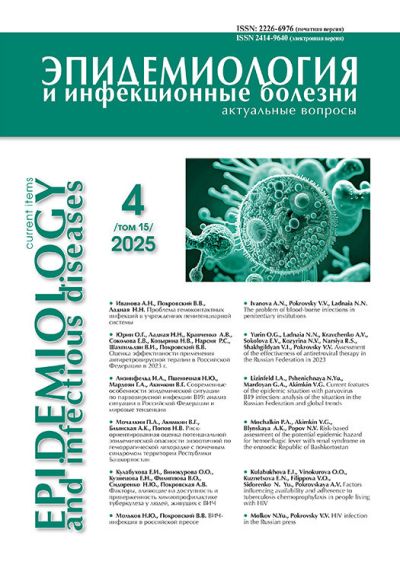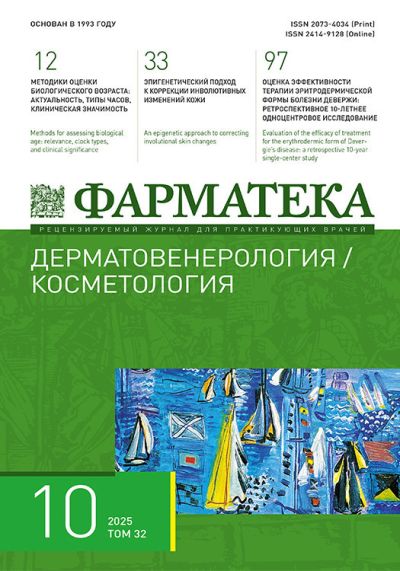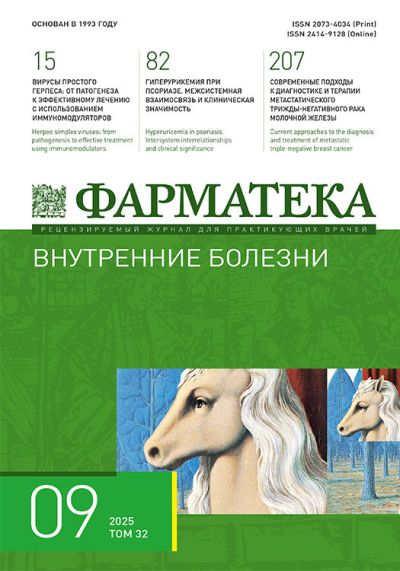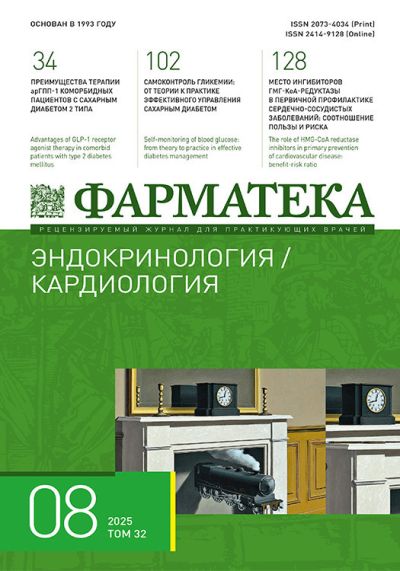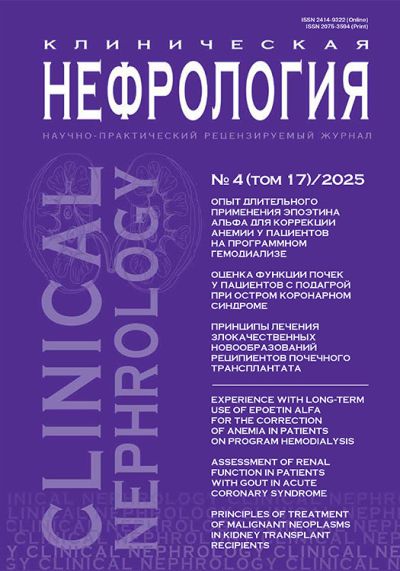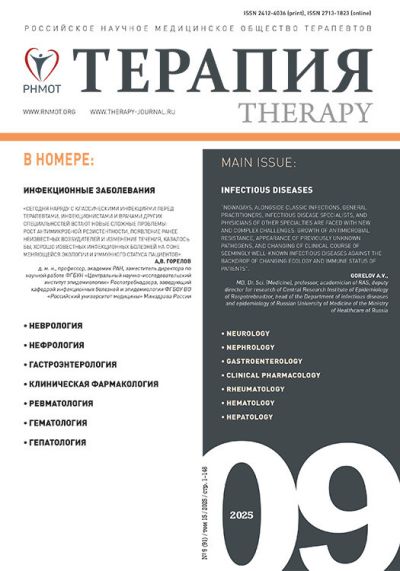Урология №1 / 2021
Одноразовые и многоразовые уретерореноскопы в лечении мочекаменной болезни: сравнительное исследование периоперационных осложнений
Aix-Marseille University, APHM, Conception Academic Hospital, Dept. of Urology and Kidney Transplantation, Marseille, France
Цель: сравнить частоту периоперационных осложнений у пациентов с мочекаменной болезнью в зависимости от использовании одноразовых и многоразовых гибких уретерореноскопов.
Материалы и методы: в ретроспективное одноцентровое исследование включены все пациенты с камнями почки, которым проводилась гибкая эндоскопия в период с января 2017 по май 2019 года. В течение данного периода использовалось 5 многоразовых эндоскопов, а также одноразовые эндоскопы UscopePU3022™. Первичной конечной точкой исследования была 30-дневная частота послеоперационных осложнений, включая инфекционные, классифицированные по шкале Clavien-Dindo.
Результаты: всего было выполнено 322 последовательных вмешательства, в том числе 186 с использованием многоразовых уретерореноскопов (57,8%) и 136 – одноразовых эндоскопов (42,2%). Медиана возраста составила 57 (45-65) и 57 (44-66) лет соответственно (p=0,75). В исследуемые группы включено 83 (44,6%) и 63 (46,3%) женщины, а медиана показателя шкалы Чарльсона составила 2 (1-3) и 2 (0-3) балла (p=0,15). Послеоперационные осложнения развились у 51 пациента (15,8%); соответственно у 28 (15%) в группе многоразовых уретерореноскопов и 23 больных (17,6%) в группе одноразовых эндоскопов (p=0,64). В большинстве случаев осложнения имели легкую степень (Clavien I-II; n=47, 92,1%). Частота инфекций мочевыводящих путей в обеих группах была сопоставимой (n=10; 5,4% и n=13; 9,5%; p=0.15) соответственно.
Выводы: По нашим данным, одноразовые гибкие уретерореноскопы представляют собой безопасную альтернативу многоразовым эндоскопам. При работе с UscopePU3022™ показана сопоставимая частота осложнений, но при этом частота инфекционных осложнений не отличается от показателей при использовании многоразовых эндоскопов.
Introduction. Over the past 30 years there has been considerable technological advancements in flexible ureteroscopy (fURS), resulting in its widespread use in the diagnosis and treatment of upper urinary tract disease, mainly urolithiasis [1]. To date, a wide range of reusable flexible ureteroscopes (rURS) is available [2, 3]. However, several recent studies reported some disadvantages of rURS. These include the high cost of purchase and repair of reusable devices and expenses of some sterility related issues, where complete sterilization procedure can reduce scope’s lifespan [4]. Furthermore, outbreaks of healthcare-acquired infections may occur due to insufficient or incomplete sterilization of these endoscopes [5]. Recently, Ofstead el al have examined 16 ureteroscopes after manual cleaning and sterilization. Tests detected contamination on 100% of ureteroscopes (including hemoglobin, adénosine triphosphate, and protein) and microbial cultures were positive in 2 out of 16 of the samples that have been taken from the ureteroscopes [6]. Injuries and infections have also been attributed to contaminated or damaged ureteroscopes, including those with broken wires, plastic coatings, and linings [7].
To overcome some of these disadvantages of reusable material, the adoption of single-use flexible ureteroscopes (suURS) has been proposed [8]. However, we still lack official recommendations for the use of suURS, as well as clinical data that indicates a substantial benefit of single user over reusable scopes [9]. Some studies have compared features and clinical outcomes of suURS with rURS. Clinical efficacy data showed that suURS was comparable with rURS revealing no significant differences in overall success rates and stone free rates [10-13]. In addition, these studies found comparable perioperative complication rates between both type of ureteroscopes but focused on small cohorts of patients.
In our center, a mixed use is made between rURS and suURS (UscopePU3022, Zhuhai Pusen Medical Technology Company Limited, China) since January 2017. The aim of this study was to compare the overall 30-days postoperative complications rates, especially infectious complications, following fURS for urolithiasis according to the type of ureteroscope used, single-use or reusable, in a high-volume center.
Material & Method. This is a single-center, retrospective study which included consecutive fURS procedures performed for the treatment of urinary stones in our department. Study cases included consecutive flexible ureteroscopic procedures in which UscopePU3022™ was utilized between January 2017 and May 2019. Study controls included consecutive cases in which reusable fiber-optic flexible ureteroscopes (3 fibered and 2 numeric rURS) were utilized during the same period. Single use ureteroscopes were used in case of unavailability of a reusable flexible ureteroscope (breakdown or repair) or in case of unavailability of the sterilization service. Patients’ demography, preoperative clinical characteristics, perioperative data and overall 30-days postoperative complications classified according to Clavien-Dindo grading system [14] were recorded from the patients’ charts. Data collection and study design were approved by the Ethics Committee of the Association Française d’Urologie (CERU_2019/013).
Preoperative evaluation included urine culture, complete blood count, renal function, electrolyte determination, and non-enhanced computed tomography (CT). Preoperative urine culture results were available 10 days before endoscopic surgery. A single dose prophylactic IV antibiotics was administered 30 min before the intervention in case of negative urine culture. In the abs...
